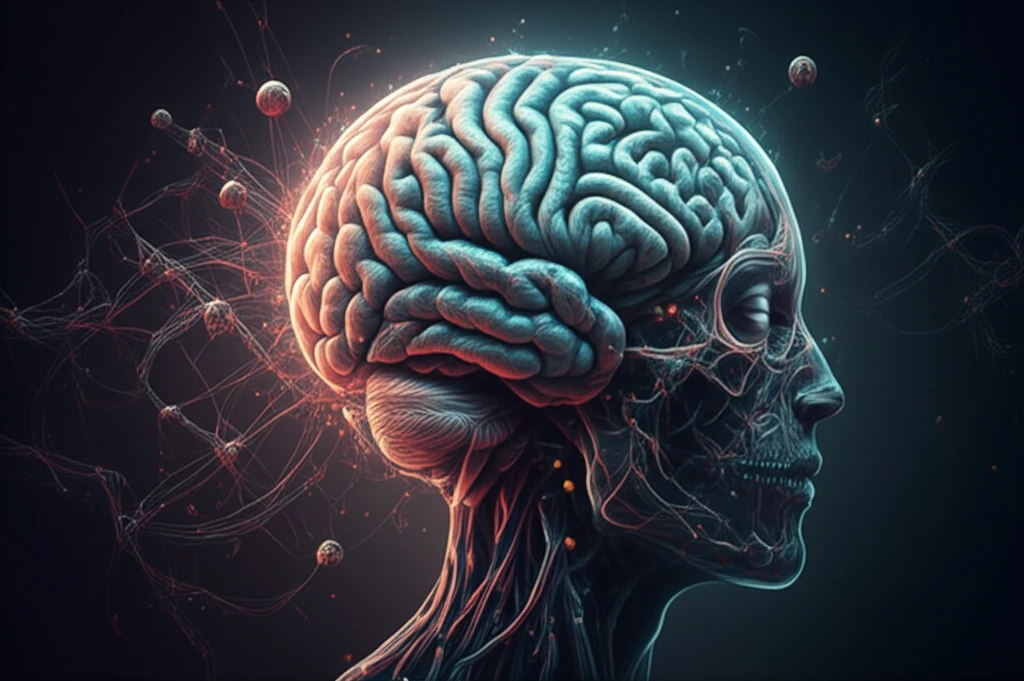
Beyond the Mirror: Unlocking the Neuroscience of Body Image
"Discover how brain imaging is revolutionizing our understanding of body image and its impact on eating disorders, offering new paths to treatment and self-acceptance."
For decades, body image has been understood through psychology and sociology, focusing on societal pressures and individual experiences. However, neuroscience is now offering a new lens through which to understand body image: the brain. Groundbreaking research using advanced brain imaging techniques is uncovering the intricate neural pathways that shape how we perceive our bodies. This opens doors to potentially revolutionary treatments for body image disorders.
Eating disorders like anorexia nervosa and bulimia nervosa are intimately linked to distorted body image. Individuals with these conditions often struggle with an inaccurate perception of their body size and shape, leading to immense distress and harmful behaviors. Brain imaging studies are now pinpointing the specific areas and networks in the brain that contribute to these distortions, paving the way for targeted interventions.
This article delves into the fascinating world of neuroscience and body image, exploring the key brain regions involved, the impact of eating disorders on brain structure and function, and the potential for innovative treatments. We'll break down complex research into accessible insights, offering a comprehensive overview for anyone interested in understanding the science behind body image.
The Body Image Brain: Key Regions and Networks

Our brains don't simply passively receive information about our bodies; they actively construct a representation of it. This construction involves a complex interplay of various brain regions, each contributing to different aspects of body image. Neuroimaging studies have identified several key players:
- Parietal Lobe: Is involved in integrating sensory information from various parts of the body and crucial for spatial awareness. The parietal lobe helps to create a cohesive sense of body ownership and position.
- Insula: Plays a key role in interoception, which is the awareness of internal bodily states like hunger, temperature, and heart rate. The insula connects these internal signals with emotions and self-awareness.
- Prefrontal Cortex: Is responsible for higher-level cognitive functions like self-evaluation and decision-making. It integrates information about the body with personal values and societal standards.
A Future Shaped by Neuroscience
Neuroimaging is not just about understanding the roots of body image issues. It's also revolutionizing treatment approaches. Cognitive-behavioral therapy (CBT) and other psychological interventions can be enhanced by understanding how they impact the brain. Furthermore, neurofeedback and transcranial magnetic stimulation (TMS) are being explored as potential tools to directly modulate brain activity in regions associated with body image distortion. While still in its early stages, this research holds immense promise for developing more effective and personalized treatments for eating disorders and body image concerns. The future of body image treatment lies in integrating neuroscience with traditional therapeutic approaches.
